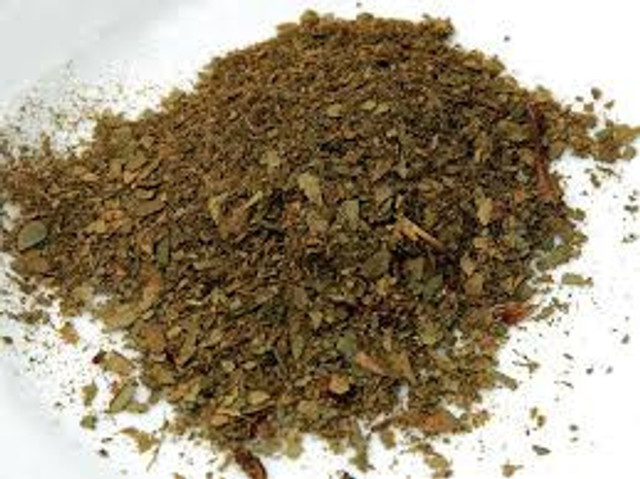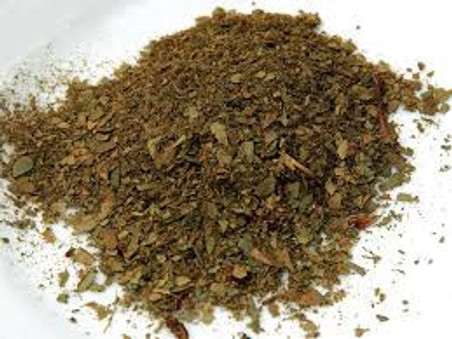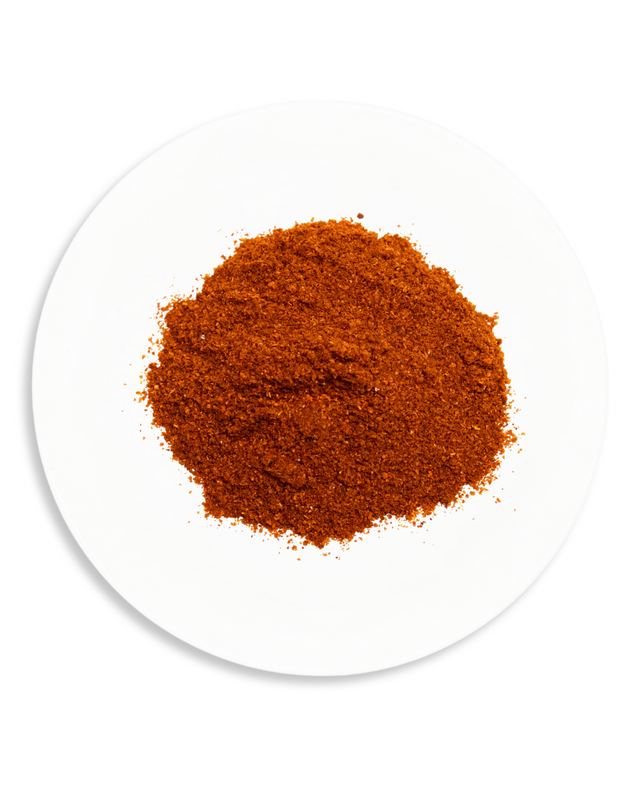
Tasmanian Pepper Berries Leaf

Tasmanian Pepper Berries Leaf
FAQs
What does Tasmanian Pepper Berry Leaf taste like?
The leaf has a complex flavour. Initially, it's herbal, woody, and aromatic, similar to a bay leaf or rosemary. This is followed by a unique, sharp spiciness that builds slowly and lingers on the palate. It's a different kind of heat to regular black pepper.
How is the leaf different from the actual pepper berry?
The leaf carries the herbal, aromatic notes of the plant and has a milder, though still potent, heat. The berry has a fruitier, slightly sweeter initial taste, followed by a much more intense and fiery spiciness. The leaf is more of a background flavouring, while the berry is a direct source of heat.
How do I use the dried leaves in cooking?
You can use the whole leaves in slow-cooked dishes like stews, soups, and casseroles, similar to how you would use a bay leaf (remove before serving). Alternatively, you can crumble or grind them into a powder to use in marinades, spice rubs, or to season dishes directly.
Is Tasmanian Pepper related to black pepper?
No, they are from completely different plant families. Black pepper (Piper nigrum) gets its heat from the compound piperine. Tasmanian Pepper (Tasmannia lanceolata) gets its unique, building heat from a compound called polygodial.
How much should I use?
Use it sparingly to begin with. The heat from the pepper leaf is known to build and intensify, especially during cooking. Start with one leaf or a small pinch of the ground powder and taste as you go. You can always add more.
What kinds of food does it pair well with?
Its robust flavour stands up well to rich, strong-flavoured foods. It's excellent with red meats like beef and lamb, game meats like kangaroo and venison, and in hearty vegetable stews, rich sauces, and meat pies.





